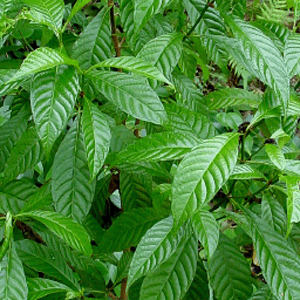 1) WILD COFFEE
1) WILD COFFEE
• Shrub in the shady understory
growth
• Flowers are white, berries are
red and turn black with age
• Leaves are glossy green with
deep veins
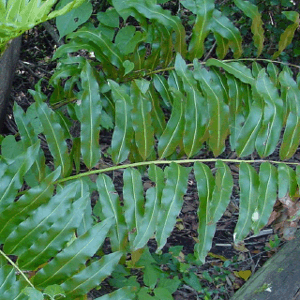 2) GIANT LEATHER FERN
2) GIANT LEATHER FERN
• Largest North American Fern
• Leaves are tough like leather
• Underside of leaves may have
brown spores that look like suede
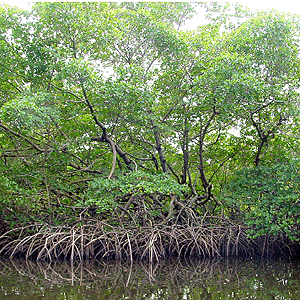 3) RED MANGROVE
3) RED MANGROVE
•Shrub to small tree supported by
tangle of prop roots
•Seeds (propagules) are cigar-shaped
•Roots and branches provide
shelter and prevent erosion
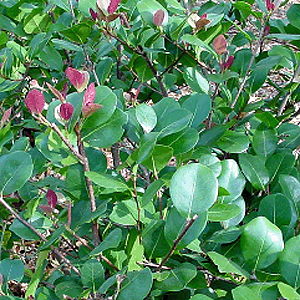 4) COCO PLUM
4) COCO PLUM
•Shrub to small tree—often used
in landscaping
•Sweet fruit (resembles black
olive) - used to make jam
•New leaves are red
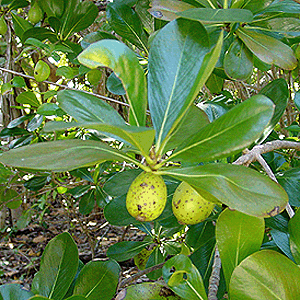 5) POND APPLE
5) POND APPLE
•Rounded, spreading tree
• Leathery leaves are elliptical and
evergreen
• Edible fruit (apple) is favored by bears and raccoons.
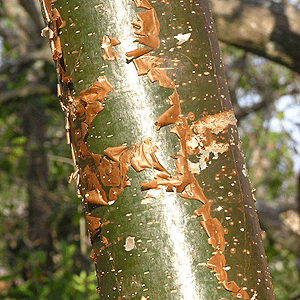 6) GUMBO LIMBO
6) GUMBO LIMBO
• Large tree with crooked, stout trunk and branches
• Bark is reddish-brown to green— trunk is cool to the touch
•Nicknamed the “tourist tree” since the bark peels like sunburned skin
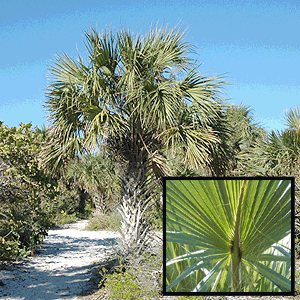 7) CABBAGE PALM
7) CABBAGE PALM
•State tree of Florida
•Leaf stems (boot jacks) remain
when leaf falls
•Plants and animals live in boot jacks
•Strangler figs often live on these
palms
•Chickee roofs made from leaves
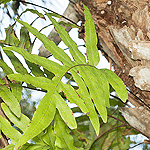 8) GOLDEN POLYPODY
8) GOLDEN POLYPODY
•Epiphyte fern with golden, root-like structures
•Often found growing in "boot jacks" of sabal palms
• Two rows of spore clusters on bottom of fronds
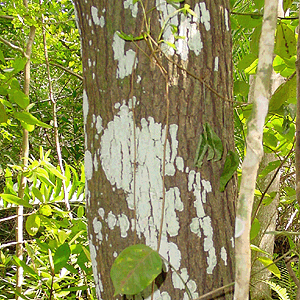 9) LICHENS
9) LICHENS
•Come in variety of colors,
shapes and textures
•Consists of algae and fungus cells
•Removes pollutants from air, high lichen diversity indicates clean air
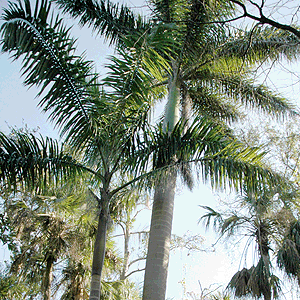 10) FLORIDA ROYAL PALM
10) FLORIDA ROYAL PALM
•Largest palm in Florida
•Trunk is smooth
• Royal Palms often line streets in South Florida
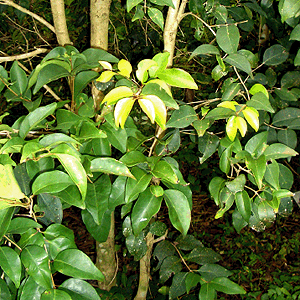 11) WHITE STOPPER
11) WHITE STOPPER
• Tree with thin, white bark
• Leaves used in tea to prevent
diarrhea
• Berries are important bird food
• From a distance, this tree has a
skunk-like odor
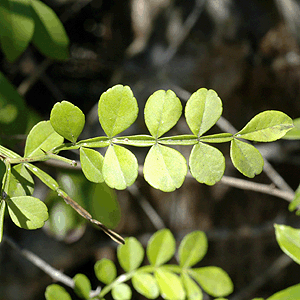 12) WILD LIME
12) WILD LIME
•Small tree with compound leaves with tiny oval leaflets
•Stems are flared between leaflets
•Fruit is eaten by wildlife
•Twigs armed with sharp, reverse-pointed thorns
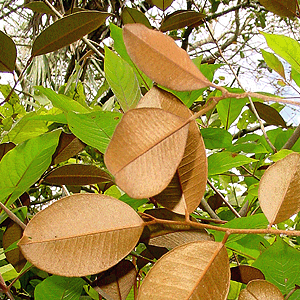 13) SATINLEAF
13) SATINLEAF
• Small tree with purple berries eaten by birds
• Leaf bottom is copper-colored and feels like velvet
•Tree is endangered because of habitat destruction
14) SWAMP FERN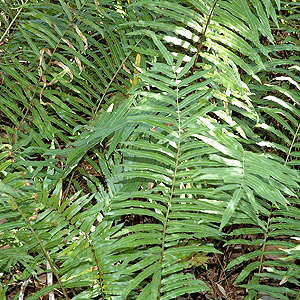
• Common plant to swamps and upland hammocks
•Two long linear lines of spore casings on underside of leaf
•Fronds have serrations
